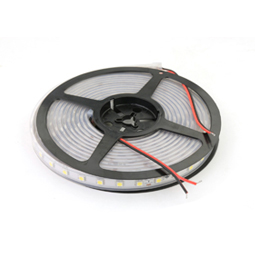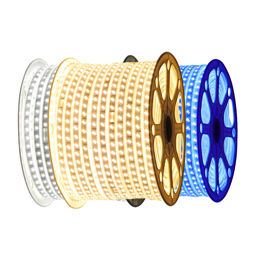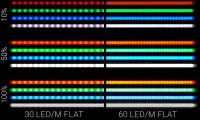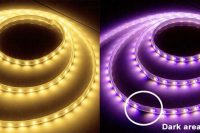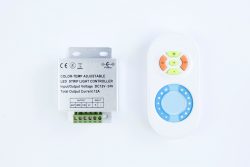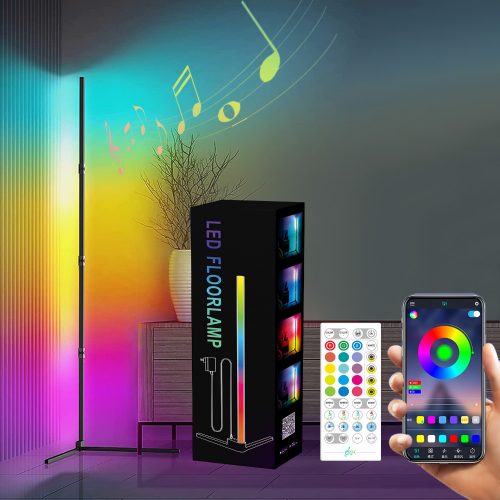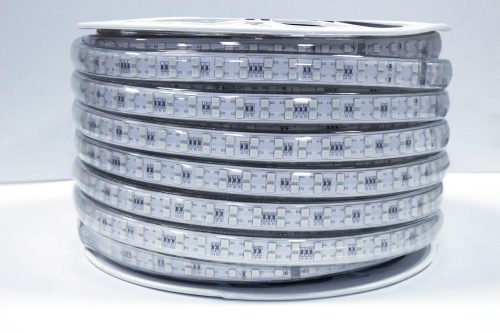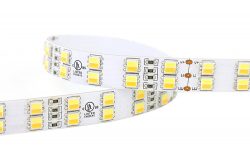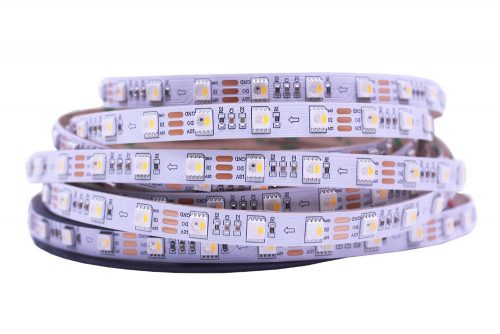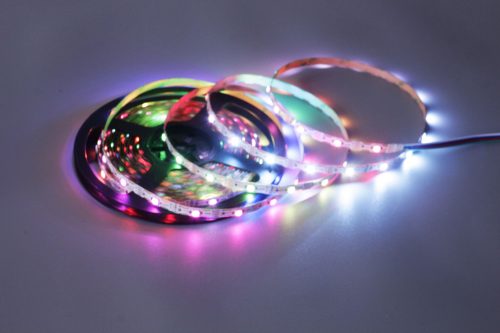The important parameters of LED relative spectral energy distribution curve with a peak wavelength p and spectral half-wave wide delta of these two parameters. LED regardless of what material has relatively light radiation is strongest at the contrast should be a wavelength, the wavelength for the peak wavelength determined by the width of the bandgap of the semiconductor material or the light-emitting center level position.
Half-wave spectral width is defined as the relative spectral energy distribution curve, corresponding to the two-and-a-half maximum intensity at the wavelength difference, it marks the spectral purity, but can also be used to measure the dispersion of the semiconductor material of the light-emitting contribute energy state, the half-width of the emission spectrum of the LED ships 30 to 100 nm, a narrow spectral width of the body means good color bright, light color, clearly visible.
The LED devices colorimetric parameters were measured
Related to colorimetry parameter:
1.Dominant Wavelength: any color can be seen as a certain proportion with a spectral color with a reference light source (such as the CIE standard illuminant A, B, C, etc., can light source E, standard illuminant D65) were mixed and match out color, spectral color is the color of the dominant wavelength.
2.CIE spectral tristimulus values ?? X, Y, Z: X, Y, Z tristimulus values ?? for the color, which means that their numerical proportion between the three primary colors to match the color.
3 chromaticity coordinates x, y, z: tristimulus values ?? of each stimulation ratio of the value of their sum.
Purity: the extent of the sample color close to the main wavelength spectral color indicates the color purity of the sample.
(5) Color temperature: the colors rendered by the light source of optical radiation and at a certain temperature, the color of blackbody radiation, said blackbody temperature (TC) as the light source color temperature.
Photometric definition of “light”, as opposed to visible light, it has the wavelength range from 380 to 780 nm. However, in this interval, the different wavelengths of radiation to enter the human eye color feeling type, for example, a wavelength of 700nm LED radiation feeling is caused by red-wavelength for 580nm LED radiation-induced feeling yellow wavelength 510nm LED feeling caused by radiation is green, the sensations caused by a wavelength of 450nm LED radiation is blue, and so on.
Therefore, the color of the LED light into the eye, the optical radiation of the relative spectral energy distribution, and into the eye’s spectral wavelength of the radiation changes, or when the relative spectral energy distribution changes, the color of the human eye to the light feel with significant change.





